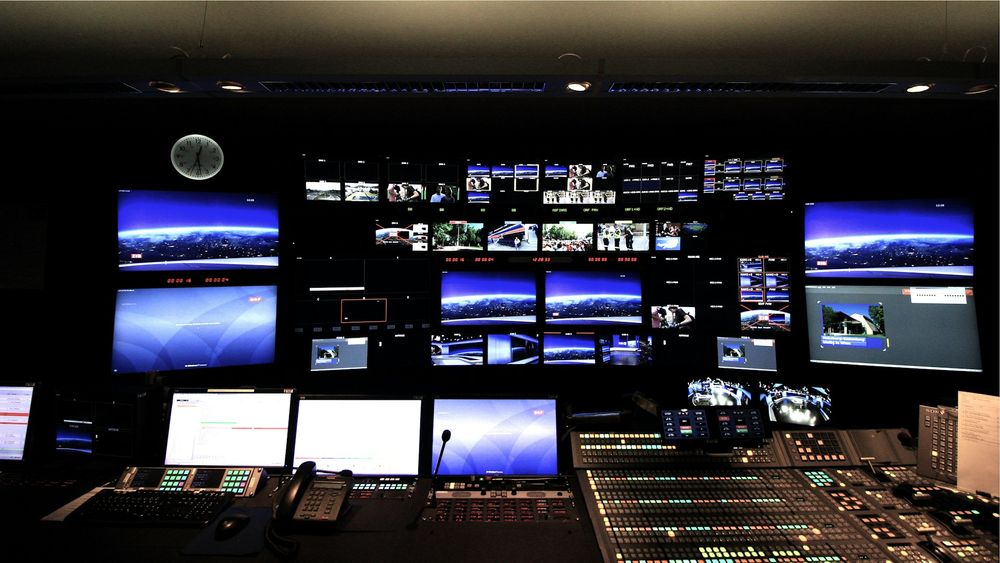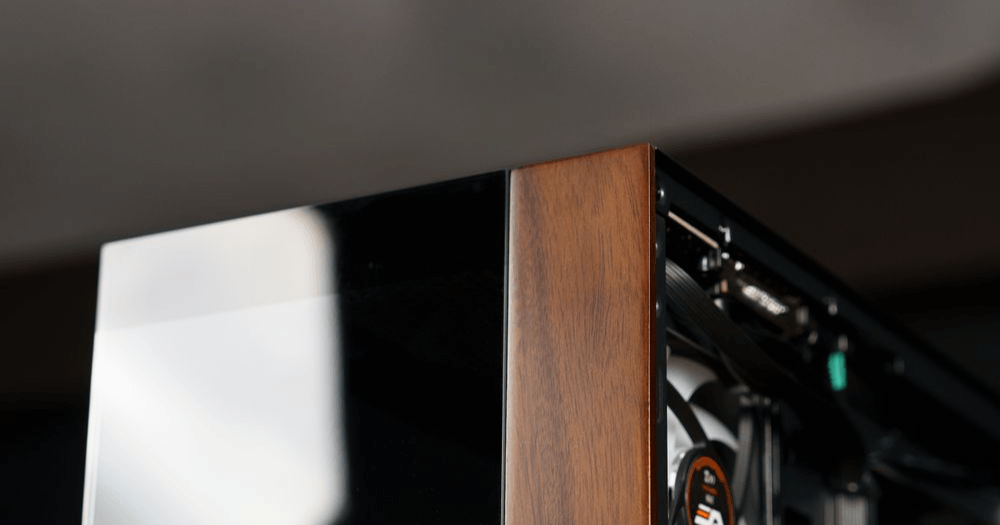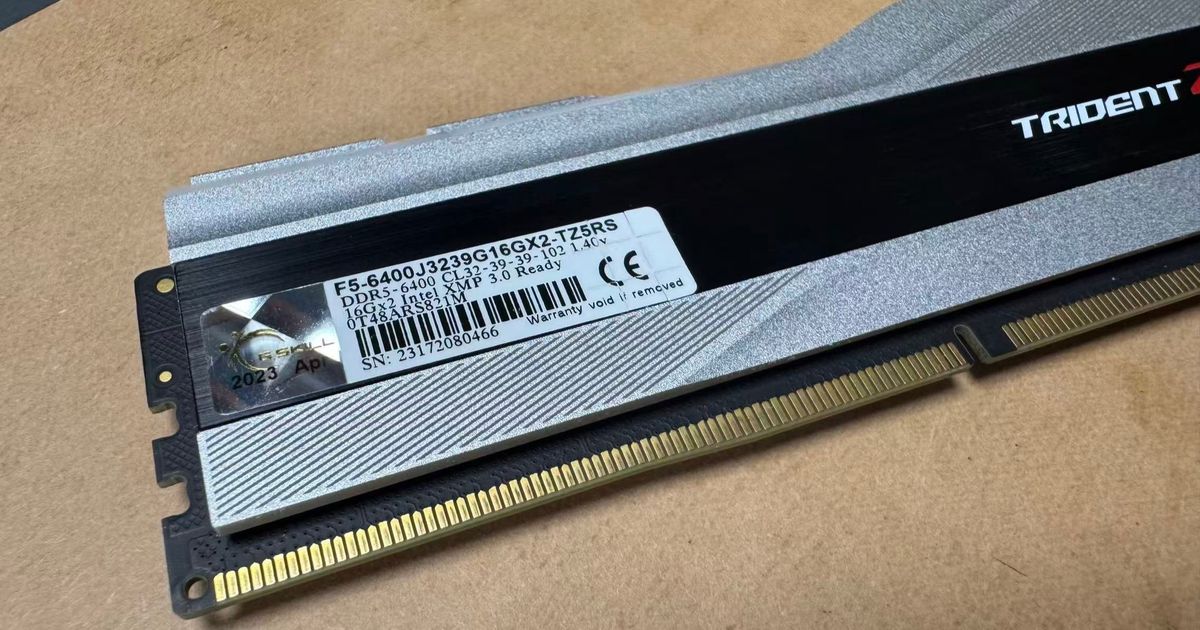
Choosing a monitor can feel overwhelming — there are so many specs, sizes, and prices. But don't worry: once you understand a few basics, picking the right monitor becomes surprisingly easy.
Below is a simple breakdown of the most important things to know: resolution, panel type, refresh rate, and use-case recommendations.
Resolution — How Sharp the Image Looks
Resolution is the number of pixels on your screen. More pixels = clearer images.

(Image Credit: LogicalIncrements)
Common monitor resolutions:

Quick Tip: For most people, 1440p provides the best balance between price, performance, and clarity.
Panel Types — How the Colors & Viewing Angles Look
Monitors mainly use IPS, VA, or TN panels. Each has pros and cons.

(Image Credit: BENQ)
IPS (Most Recommended for Most Users)
Best color accuracy
Wide viewing angles
Good for work, gaming, content creation
Downside: Slightly more expensive
VA (Great Contrast, Good for Movies)
Deep blacks and high contrast
Good all-around performance
Downside: Slightly slower response times
TN (Fast & Cheap, but Lower Quality)
Very fast for esports
Cheapest panel type
Downside: Poor color accuracy and viewing angles
Quick Tip: If you don’t know what to choose, IPS is the safest and best choice.
Refresh Rate — How Smooth the Motion Feels
Measured in Hz (Hertz). Higher = smoother.
![Slow motion] 240Hz vs 144Hz vs 120Hz vs 60Hz - Monitor refresh rates - YouTube](https://i.ytimg.com/vi/Q1cmhZs1P54/sddefault.jpg)
(Image Credit: [Slow motion] 240Hz vs 144Hz vs 120Hz vs 60Hz - Monitor refresh rates)

Quick Tip: For gaming, always aim for 144Hz or above.
Screen Size & Ratio — How Much Space You See
24"–27" = most common
32" = great for 4K or large desks
21:9 ultrawide = perfect for multitasking and immersive gaming
Ultrawide monitors provide extra productivity space and a cinematic feel but cost more.
Color Accuracy & HDR — Optional But Nice to Have
sRGB coverage matters for normal use
DCI-P3 is better for creative work
HDR (High Dynamic Range) makes colors pop — but only useful on high-brightness panels
If HDR is important, look for at least HDR400 (entry) or HDR600+ (better).
Which Monitor Should You Choose?

For Gaming
1440p + 144Hz
IPS or fast VA
Adaptive Sync (G-Sync / FreeSync)
For Office / Light Use
1080p or 1440p
IPS for comfort
24" or 27"
For Creative Work (Photo / Video)
4K IPS
90–100% DCI-P3
Good color calibration + HDR
For Multitaskers
34" ultrawide (3440×1440)
IPS or VA
Great for productivity
Conclusion
A good monitor depends on what you do. But if you want a simple, no-brainer recommendation:
27" IPS, 1440p, 144Hz is the perfect all-rounder for most users.
It offers sharp resolution, smooth gaming, great colors, and excellent value.



